Main factors affecting the performance of textile and apparel fabrics:
Most of the textile and apparel fabrics are woven fabrics and knitted fabrics. The production process is as follows: fibers are spun into yarn, and then the yarn is The threads are woven into a woven or knitted fabric according to a certain structure, and then the fabric is dyed and finished, and finally the finished fabric is obtained for making clothing. Therefore, fiber raw materials, yarn structure, fabric structure and fabric dyeing and finishing process are the four major factors that affect the performance of textile and apparel fabrics.
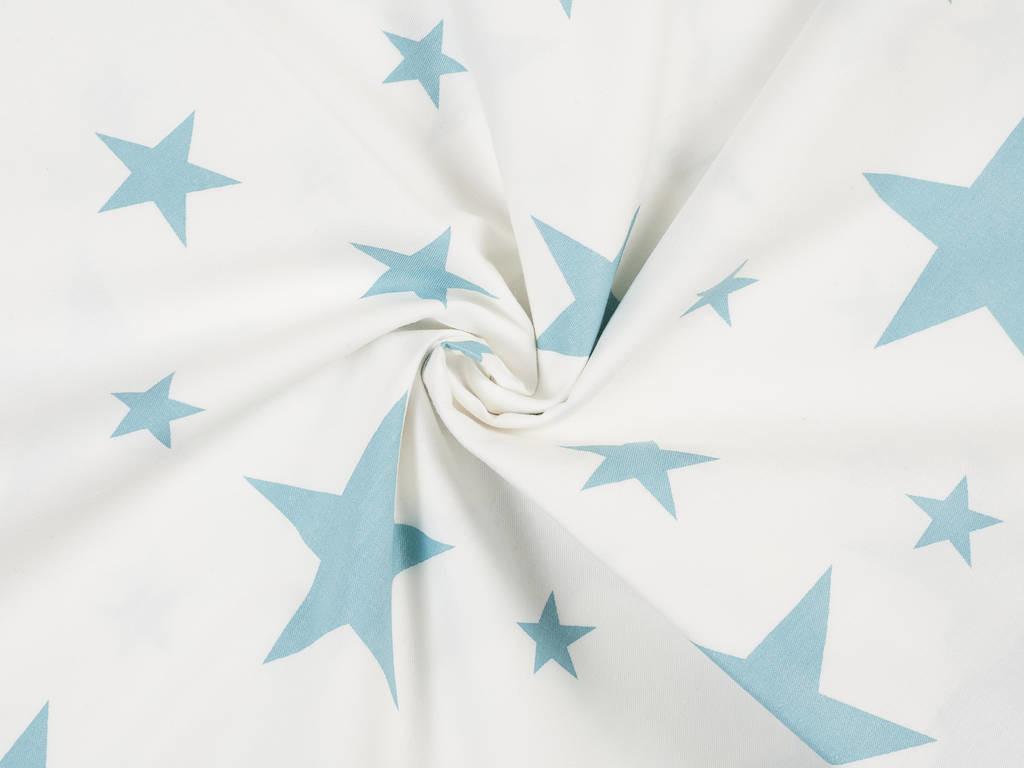
Fiber affects the moisture absorption and release properties, dyeing properties, strength, light resistance, and durability of textile and clothing fabrics. Chemical performance, anti-melt hole performance, anti-static performance and many other properties. Understand and master the properties of various fibers and their impact on the appearance and quality of clothing fabrics, so that clothing materials of various fiber raw materials can be used more scientifically and rationally in future work in the clothing industry.
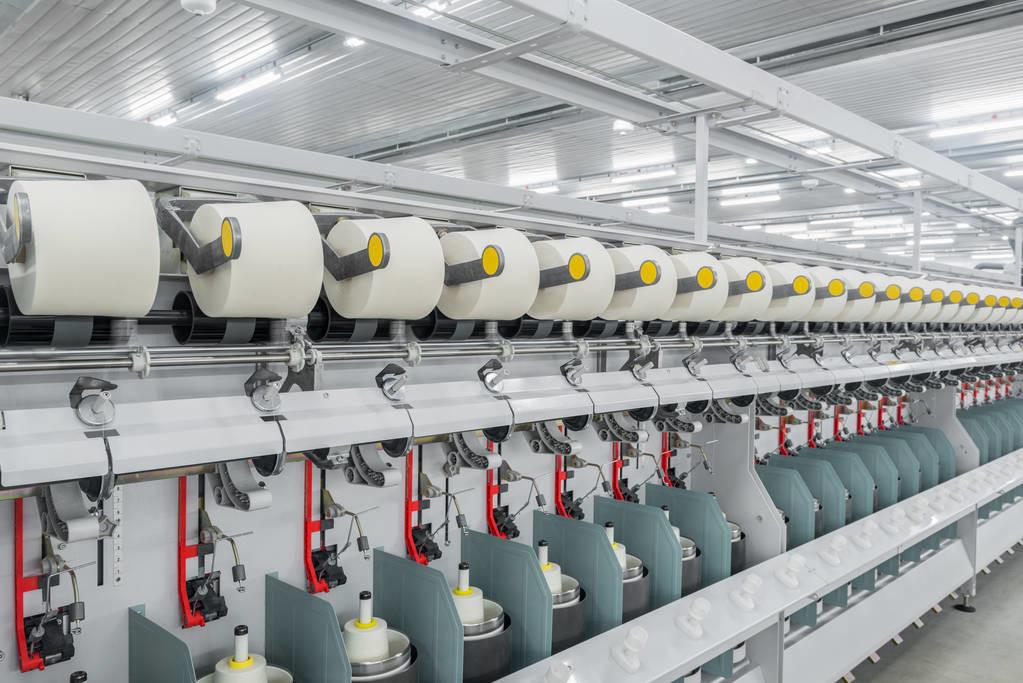
Classification of fibers:
Fibers are a type of slender fiber with a diameter ranging from several microns to tens of microns and a length that is more than a thousand times larger than the diameter. substance. Fibers used in clothing should have a certain strength, flexibility and length for spinning and weaving. They should also have a certain chemical stability for dyeing and finishing processing, daily wearing and maintenance. They should also have a certain fineness to meet comfort requirements. Require. There are many types of fibers with different properties. In order to better understand these fibers, it is necessary to classify the fibers.
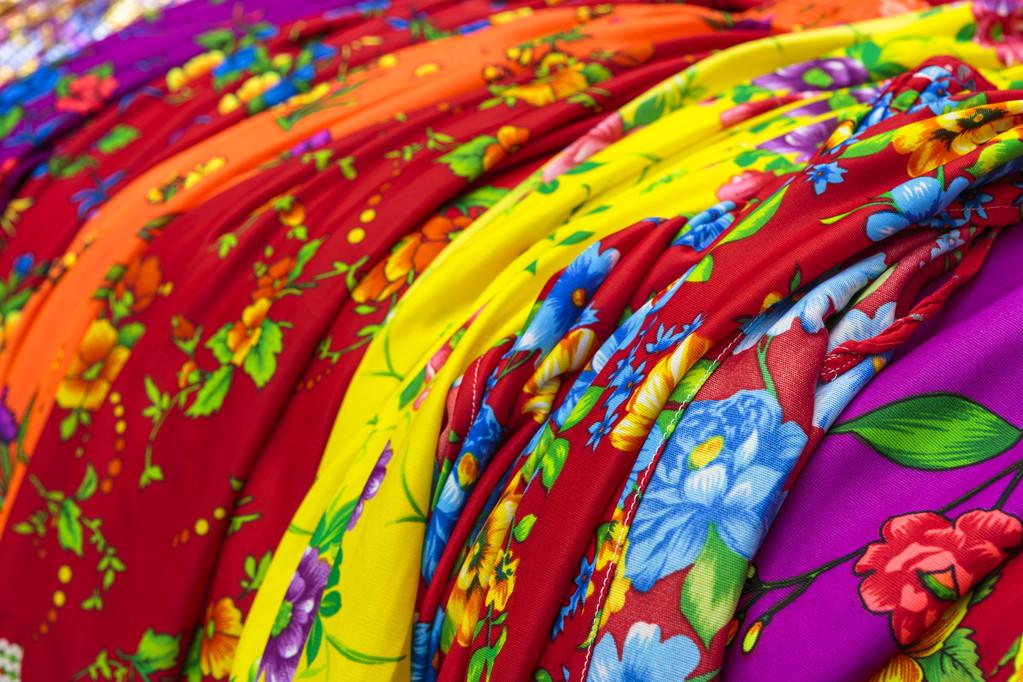
(1) Classification according to the source of fiber
Fibers are divided into two categories: natural fibers and chemical fibers according to their sources.
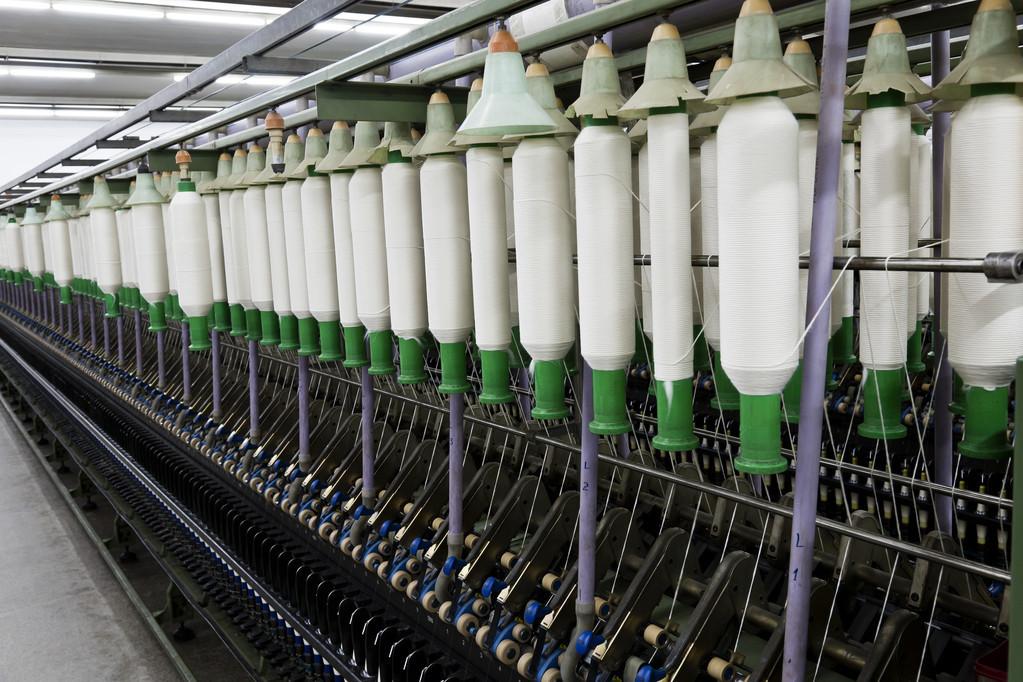
(l) Natural fiber
Natural fiber: comes from nature and can be directly Fibers used in textiles. Natural fibers can be divided into plant fibers, animal fibers and mineral fibers according to their sources.
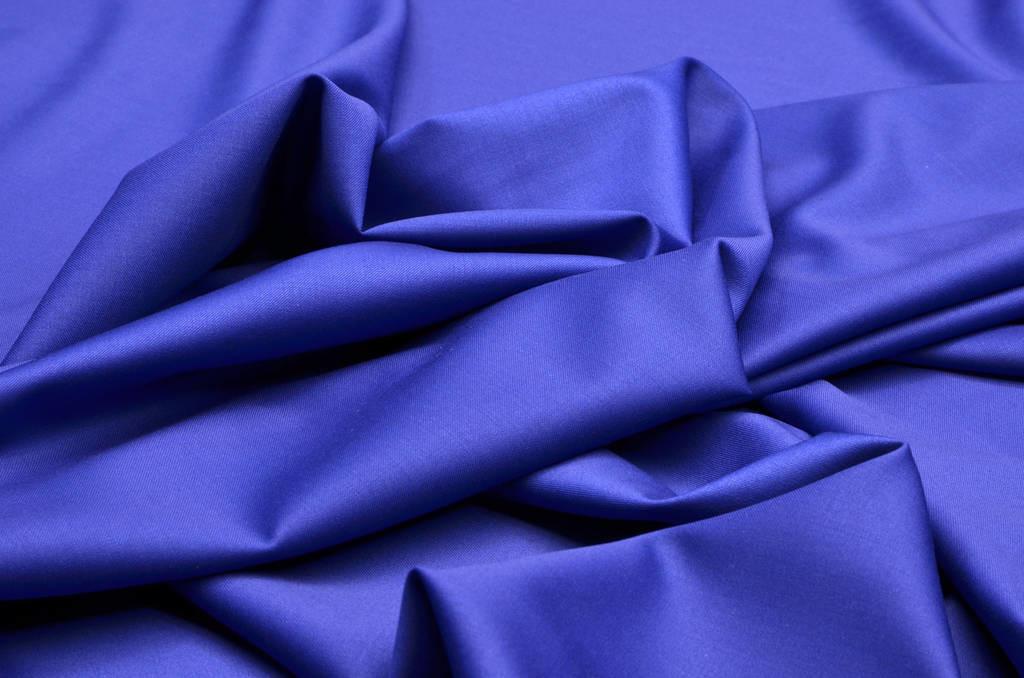
Cotton, linen, flax, apocynum and hemp are all plant fibers. The chemical composition of plant fiber is mainly cellulose.
Silk, wool, cashmere, rabbit hair, mohair, camel hair, camel hair, yak hair, alpaca hair and vicuña hair are all animal fibers. The chemical composition of animal fiber is mainly protein.
Mineral fiber is mainly asbestos, and its constituent materials are mainly inorganic silicates.
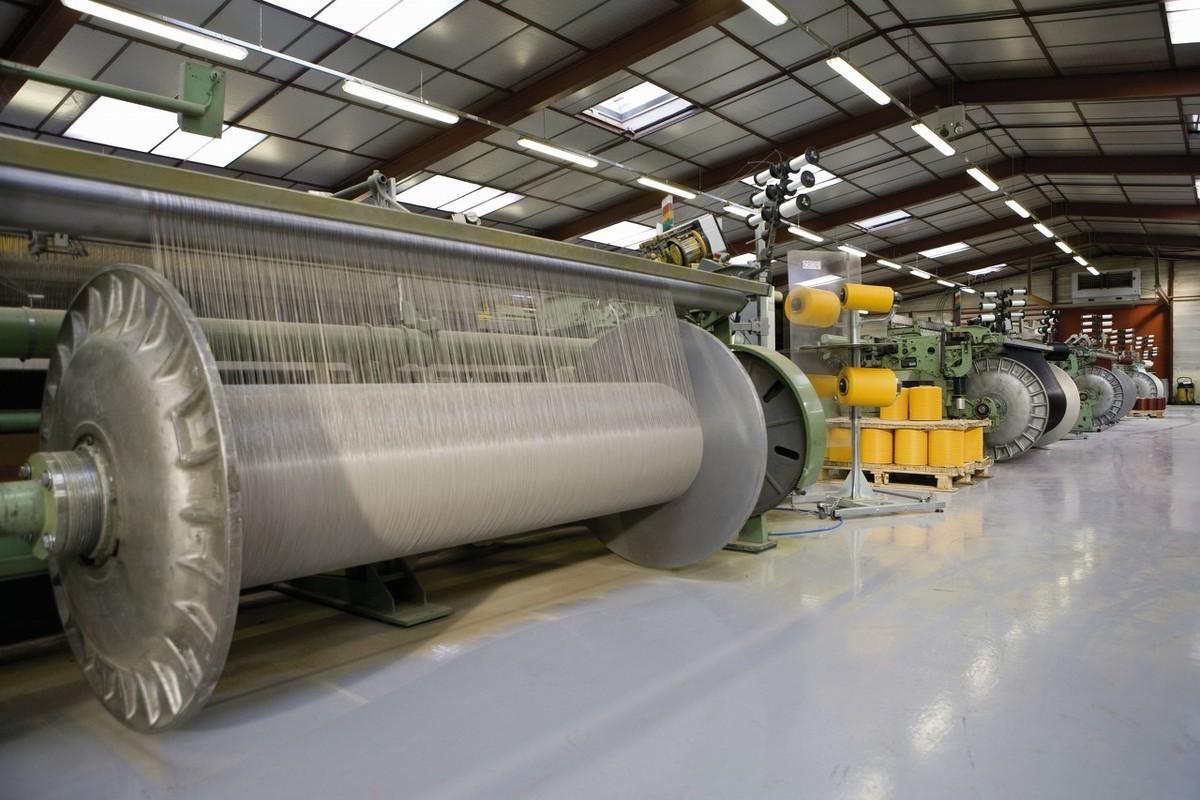
(2) Chemical fiber
Chemical fiber: made of natural or synthetic polymers as raw materials, processed by spinning Made of fibers. Referred to as chemical fiber.
Chemical fibers can be divided into regenerated fibers (man-made fibers) and synthetic fibers according to the source of the polymer.
Regenerated fiber: fiber made from natural polymers (such as wood, cotton linters, soybeans, etc.) through spinning. Also known as man-made fiber.

Viscose fiber, rich-strength fiber, cupro fiber and leose fiber are all regenerated cellulose fibers. Soy fiber, milk fiber and corn fiber are all regenerated protein fibers.
Synthetic fiber: A fiber made from small molecular substances in petroleum, coal, natural gas and other materials, artificially synthesized into polymers, and then spun into fibers.
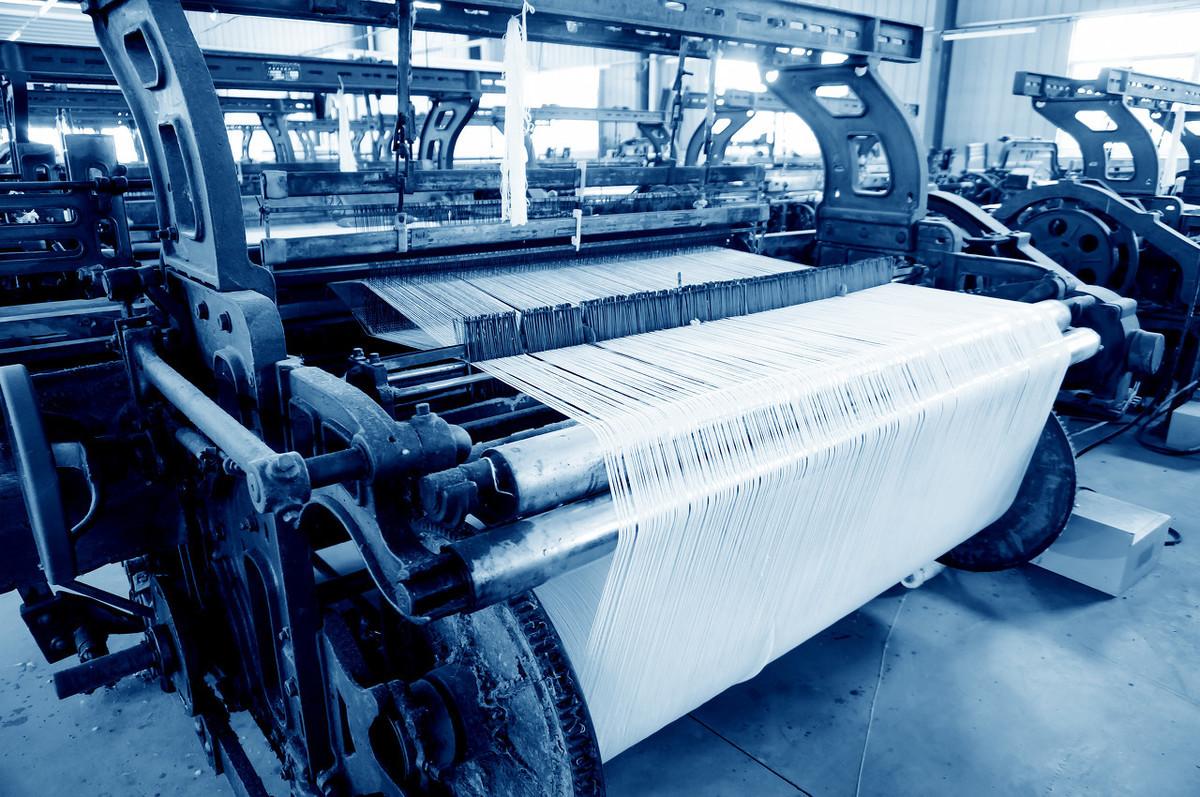
Polyester fiber (polyester), polyamide fiber (nylon, nylon), polyacrylonitrile fiber (acrylic fiber), polypropylene fiber (polypropylene), Polyurethane fiber (spandex) and polyvinyl alcohol fiber (vinylon) are commonly used synthetic fibers. The Chinese names of synthetic fibers all have the word “Ju” in their scientific names, and the last word in the trade names of synthetic fibers is “Lun”. Except for acrylic fiber, the English names of synthetic fibers all contain the same prefix “poly”.
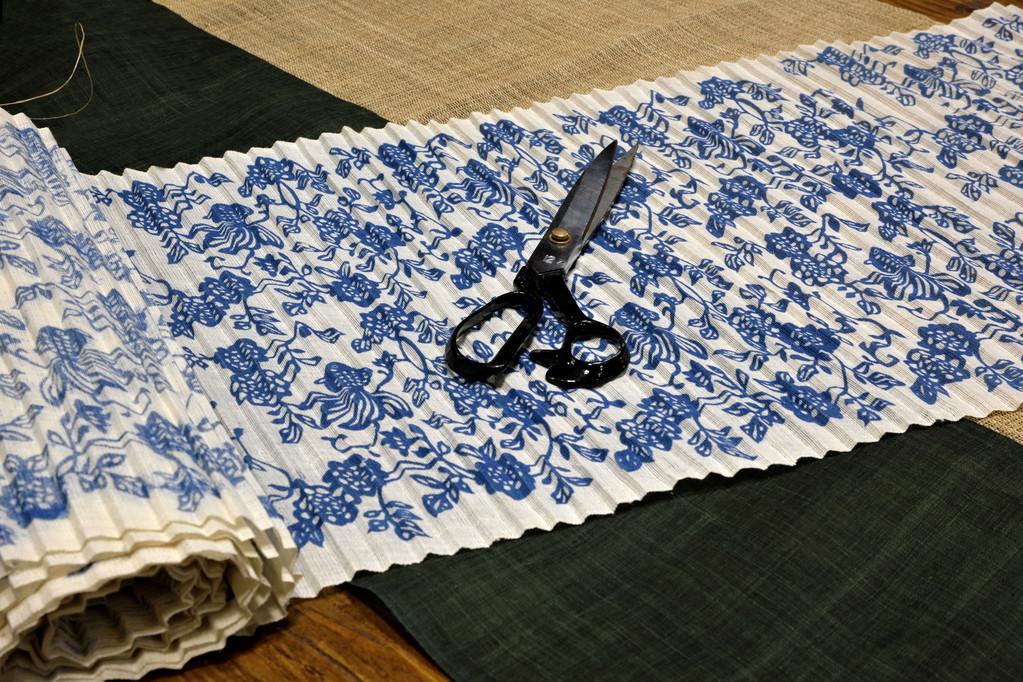
(2) Classification by fiber length
Fibers can be divided into Two major categories: filament and short fiber.
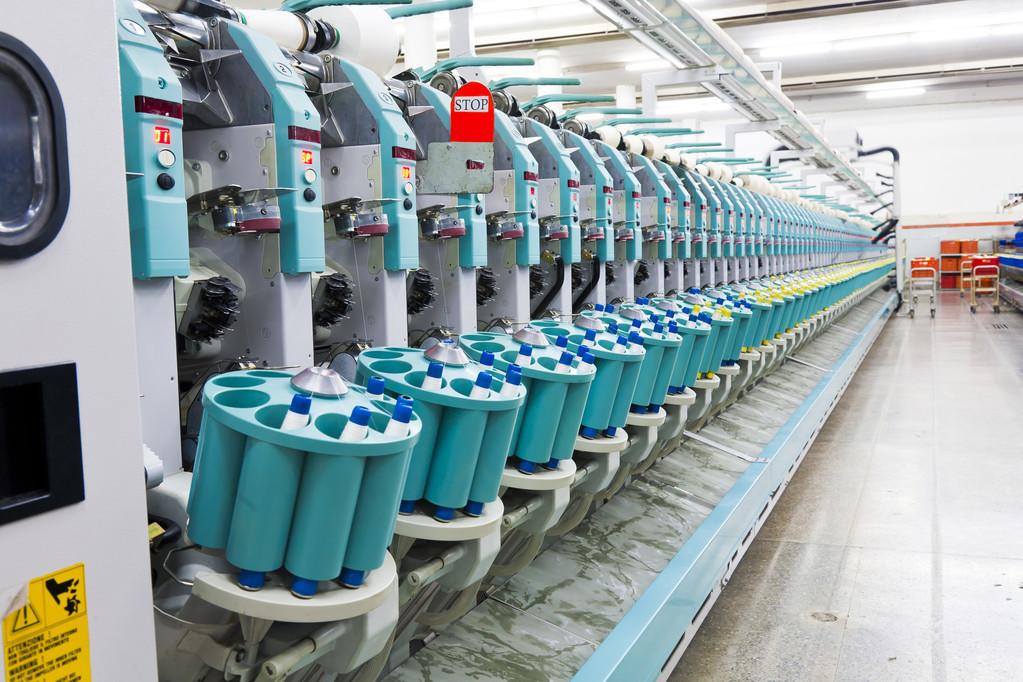
(l) Filament
Filament: more than tens of meters in length Or hundreds of meters of fiber.
Among the commonly used natural fibers, silk is the only fiber that exists in the form of filaments. Chemical fibers can all be filaments.
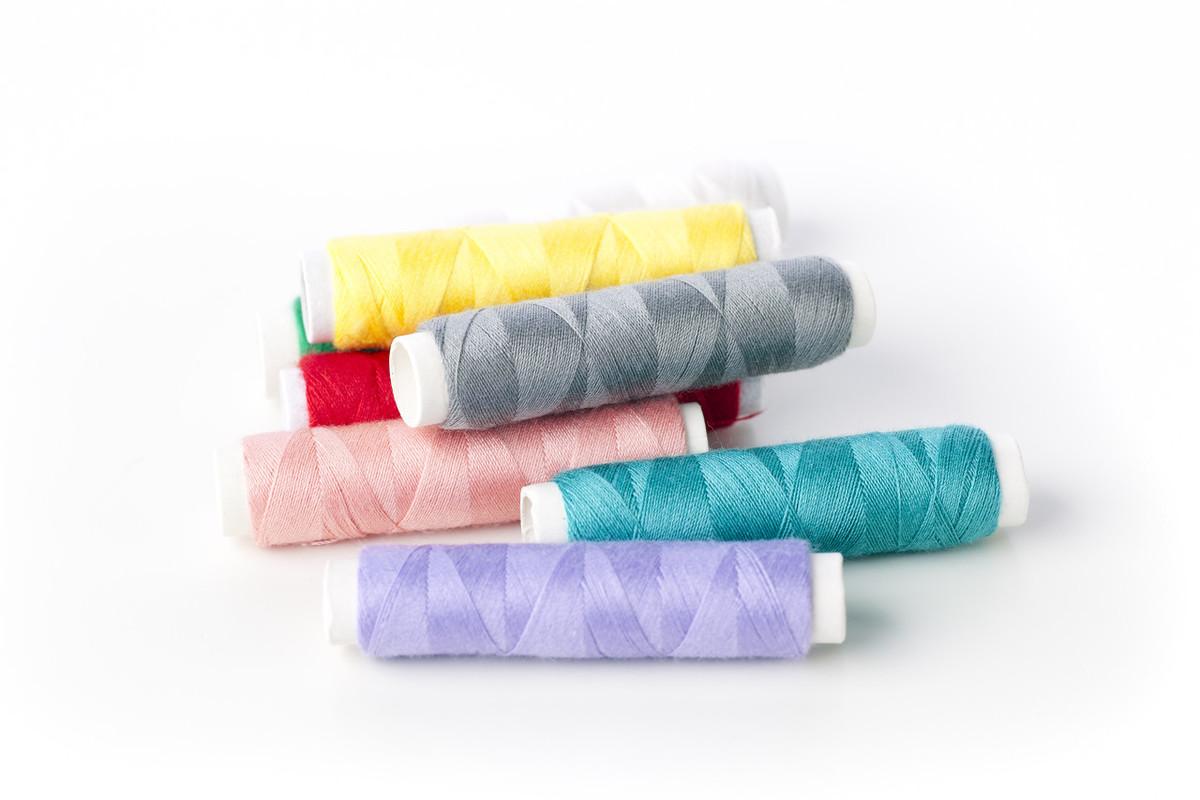
(2) Short fibers
The length of short fibers is generally short, usually from tens of millimeters to tens of centimeters. Chemical fibers can be processed into two types: long fibers and short fibers as needed.
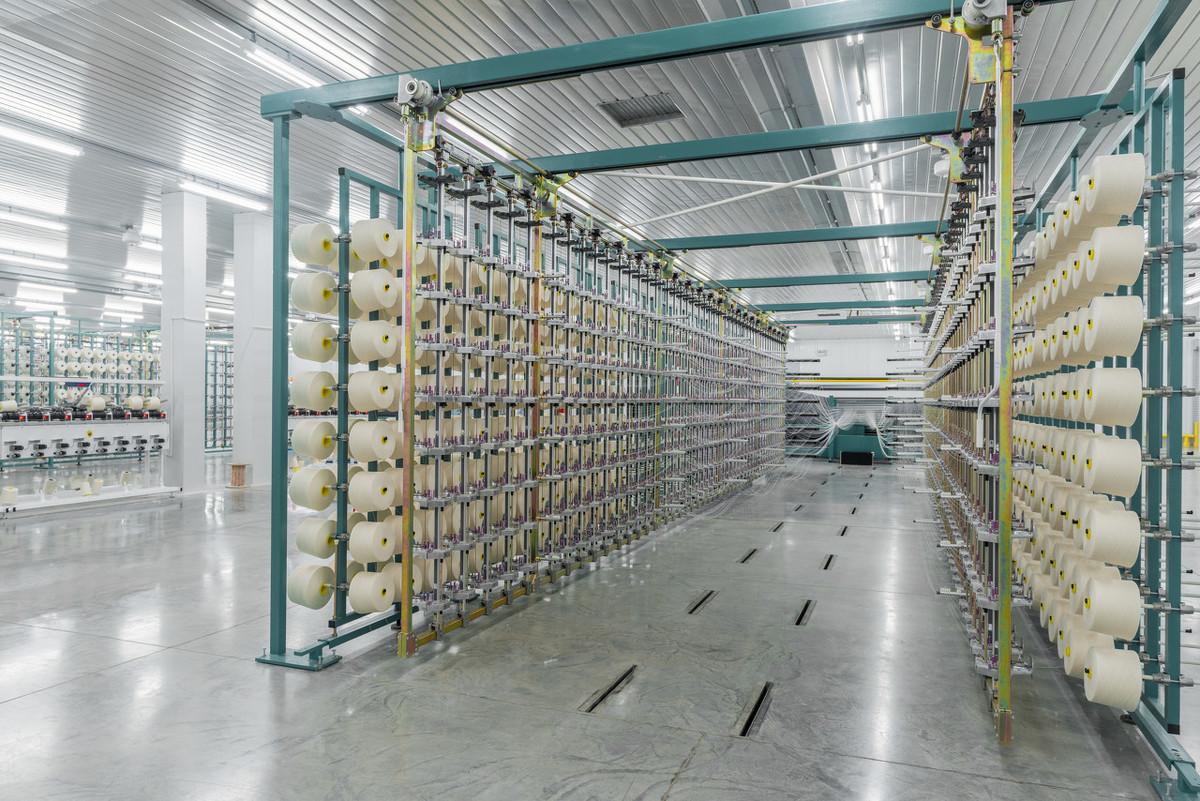
There are three types of short fiber specifications for chemical fibers: cotton type chemical fiber (length less than 51mm, fineness 1.3~1.8dtex), wool type chemical fiber (length less than 51mm, fineness 1.3~1.8dtex) 64~114mm, fineness 3.35.5dtex) and medium-long fiber (length 51~76mm, fineness 2.2~3.3dtex). Cotton-type chemical fibers are used to process cotton blended fabrics or cotton-like fabrics made from pure fibers; wool-type fibers are used to process fabrics blended with wool or wool-like fabrics made from purified fibers; medium-long fibers are mostly used to process wool-like fabrics.
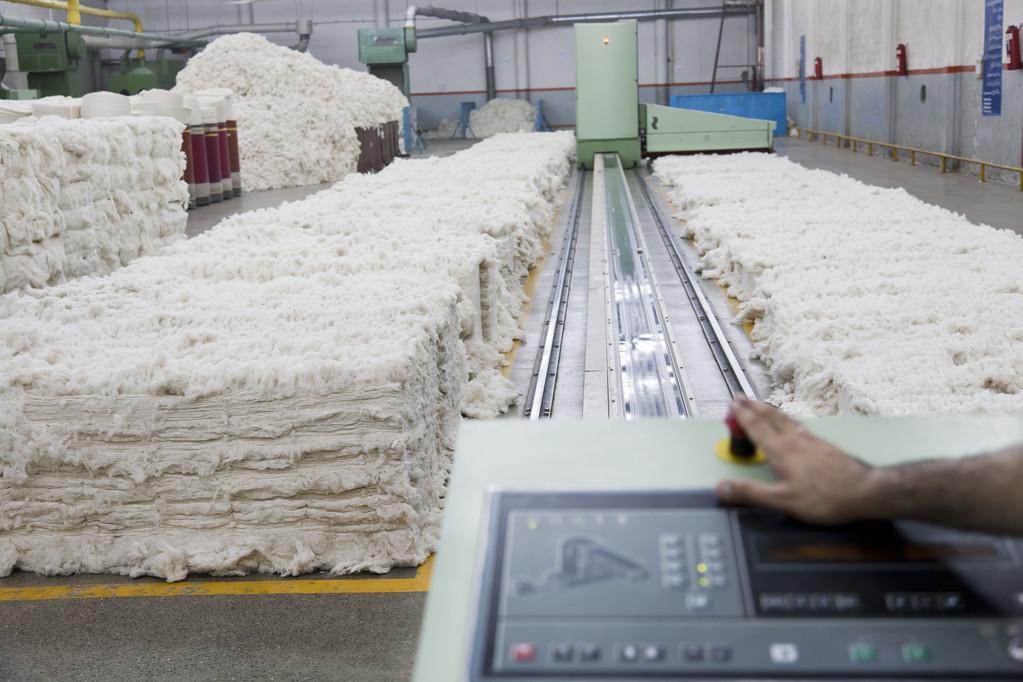
(3) Classification according to the chemical composition of the fiber
According to the chemical composition of the fiber Composition, fiber is divided into cellulose fiber, protein fiber, polyester fiber (polyester), polyamide fiber (nylon), polyacrylonitrile fiber (acrylic fiber), polypropylene fiber (polypropylene), polyurethane fiber (spandex) And polyvinyl alcohol fiber (vinylon), etc.
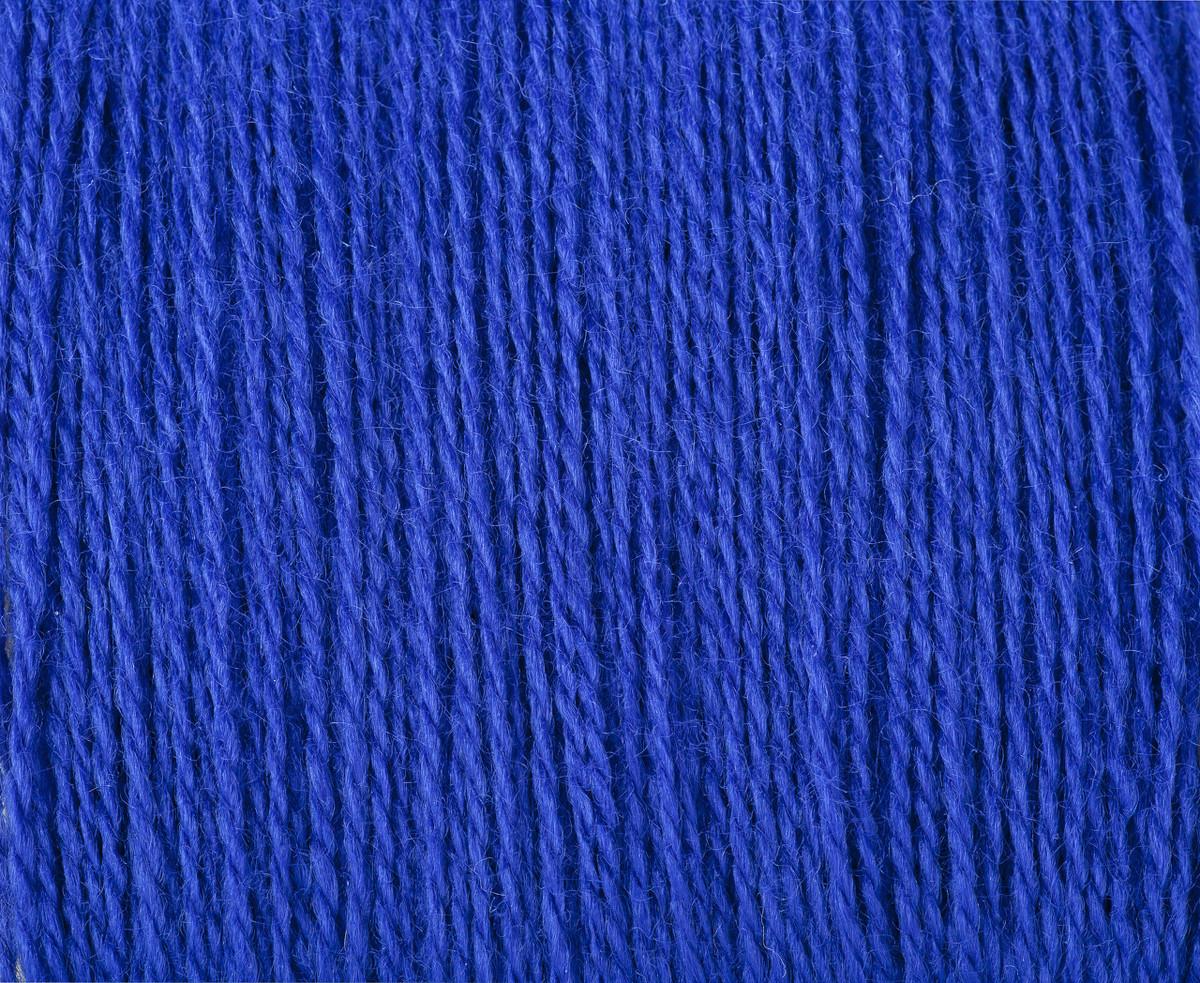
(4) Classification according to the function of fiber
Fiber can be divided into There are two categories: ordinary fiber and functional fiber.
Functional fibers are divided into conductive fibers, antistatic fibers, UV-resistant fibers, antibacterial fibers, flame-retardant fibers, high-temperature-resistant fibers, high-strength and high-modulus fibers, fluorescent fibers, and luminous fibers according to their unique functions. Fibers and shape memory fibers, etc., these fibers can be used to process fabrics with corresponding functions.







